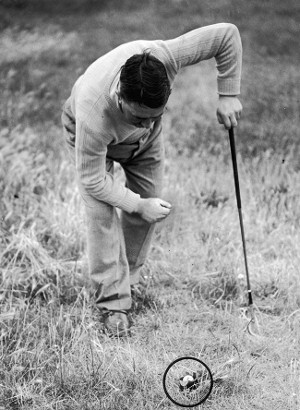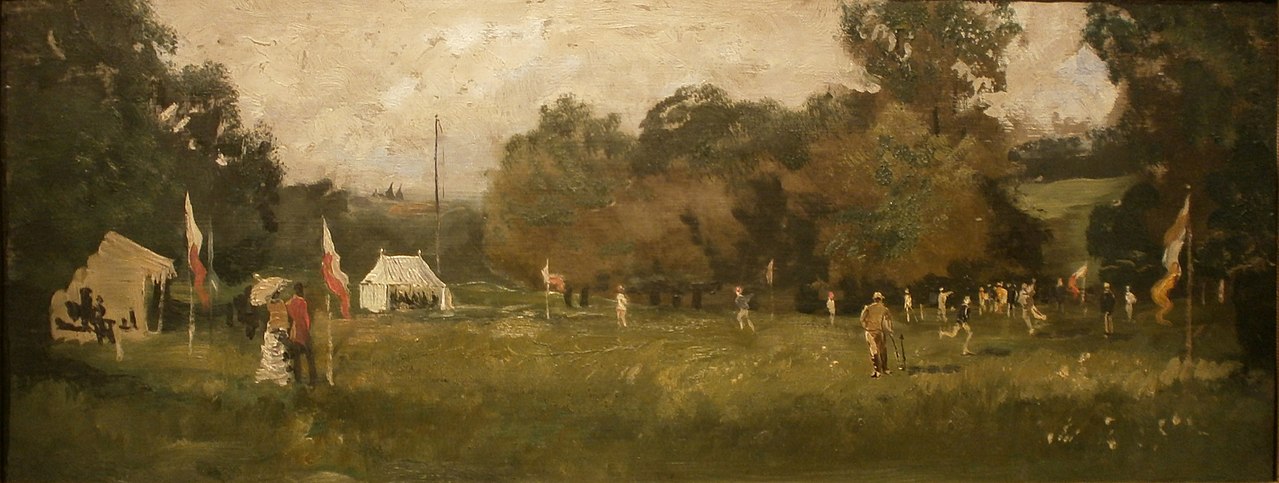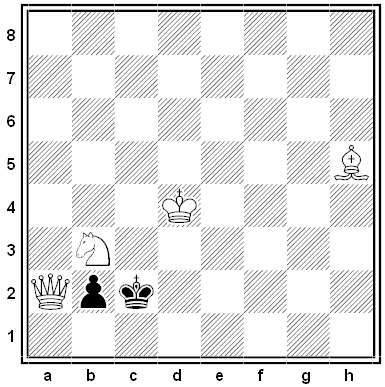
In the 1949 Open Championship, Irish golfer Harry Bradshaw led the first round with a 68, but in the second round his drive at the fifth hole came to rest in the bottom of a broken beer bottle on the fairway.
He probably would have been entitled to take a drop, but he elected to play the ball as it lay, shutting his eyes against the broken glass and swinging as hard as he could. The stroke destroyed the bottle but moved the ball only 25 yards. The setback would leave Bradshaw tied with Bobby Locke, and he lost the ensuing playoff. Arguably the experience with the bottle, and its effect on his equanimity in the rest of that round, had cost him the tournament.
Years later writer Peter Dobereiner asked Bradshaw how many hours of sleep he’d lost reproaching himself for playing the ball as it lay. “Never one single second, sir,” he said. “Of course, if I had sent for a ruling I might have won the championship, but it would not have been right. Locke was the better player. He deserved to win.”





